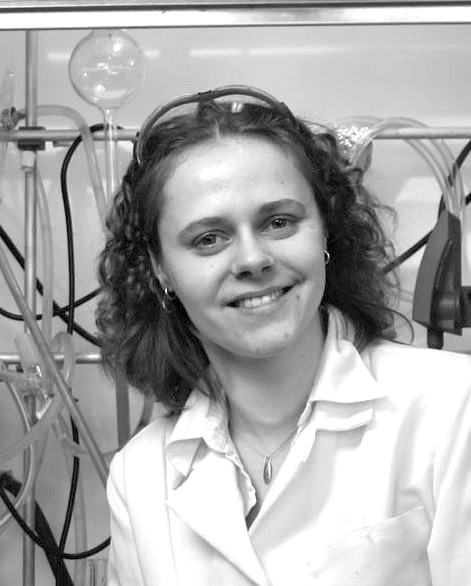Most people associate chemistry with toxic fumes and caustic materials. The Green Chemistry movement, which began in the 1990s, is working to change both the perception and the reality of the field.
Dr. Audrey Moores, an assistant professor in the McGill department of chemistry, focuses on green chemistry in her research.
“What green chemistry proposes is [that] when you do chemistry, you have to think about health, the environment, and you have to try and design new things that will take this into account much better.”
On September 13, Moores gave a presentation on green chemistry, nanoparticles, and catalysis in the Fall edition of Soup and Science, a lunch lecture series by McGill professors held each semester. Last week, she sat down with the Tribune to discuss her research and the green chemistry philosophy.
“Chemistry used to be focused only on the chemical equation of a chemical reaction itself. Now, it’s considering everything around it: where are my starting materials coming from? Where is my product going? Where is my waste going? And so on.”
In her lab, Moores’ work focuses on trying to find and design recyclable catalysts. A catalyst is a substance that, when added to a chemical process, makes it more efficient. For example, platinum is a catalyst used in cars to speed up the conversion of carbon monoxide, a toxic gas, into the less harmful carbon dioxide.
“If you have a catalyst, you need to make sure it can be recovered after the reaction and can be reused again and again,” Moores said. “In trying to design new catalysts, one of the things we use [are] nanoparticles.”
Due to their small size (between 100 and one nm in diameter), each nanoparticle has a high surface area, making them ideal catalysts.
Moores’ lab is focusing on using iron to replace palladium in hydrogenation reactions. Hydrogenation, or the addition of hydrogen to any molecule, is used in many different applications: in the food industry, hydrogenation is used to make margarine.
The problem with using palladium in the reaction is the potential for leaching. The FDA, European Union, and other bodies strongly regulate the quantity of noble metals, like palladium, in food and pharmacuticals because of their negative health effects.
Iron is a safer alternative and is less likely to leach into the final product. For example, because iron is magnetic, catalysts can be easily extracted from the lab’s final product. Another huge point in iron’s favour is price: one kilogram of palladium sells for $2,116.44 while the same quantity of iron sells for $0.12.
Finding better alternatives—such as iron instead of palladium—is the goal of green chemistry. However, this process is not always simple.
A big issue in green chemistry is the process of ‘green washing’ or ‘green sheen.’ This is a term for projects in which more money or time has been spent on advertising ‘greenness’ than on environmentally sound practices.
“We want to equip our students with the necessary knowledge to make informed decisions about what is green and what’s not,” said Moores.
Undergraduate students interested in learning more about green chemistry can take CHEM 462, taught by Moores and Professor Chao-Jun Li. The course, Green Chemistry, is offered in the Fall semester, and covers topics such as renewable feedstocks, catalysts and reagents, biocatalysis. It provides students with the opportunity to study in an ever-evolving field.
“We use the term green chemistry, but it really we should call that greener chemistry, because there’s no end to it.” Moores said. “It’s a work in progress.”








